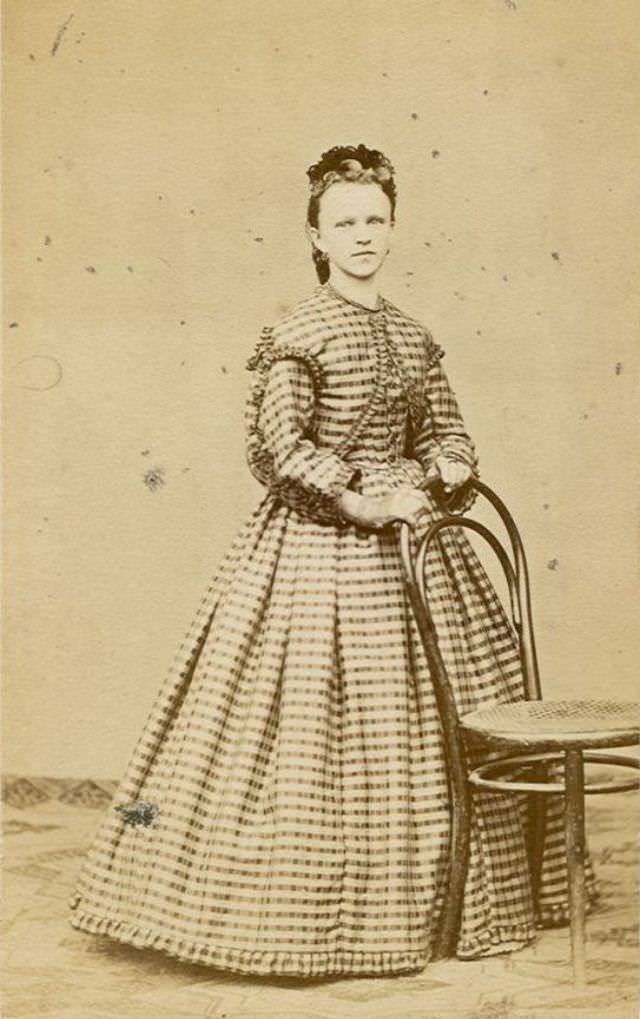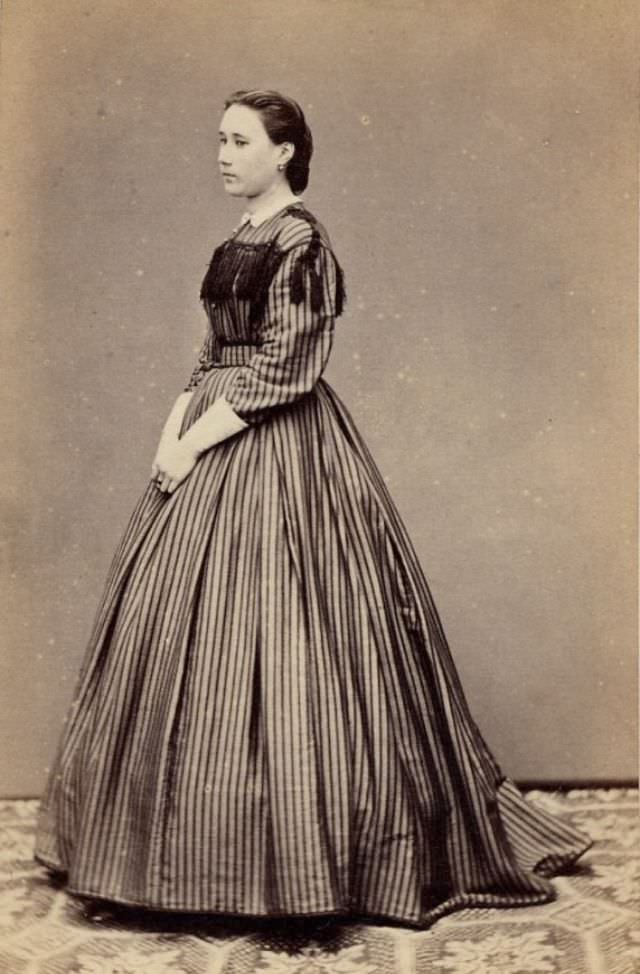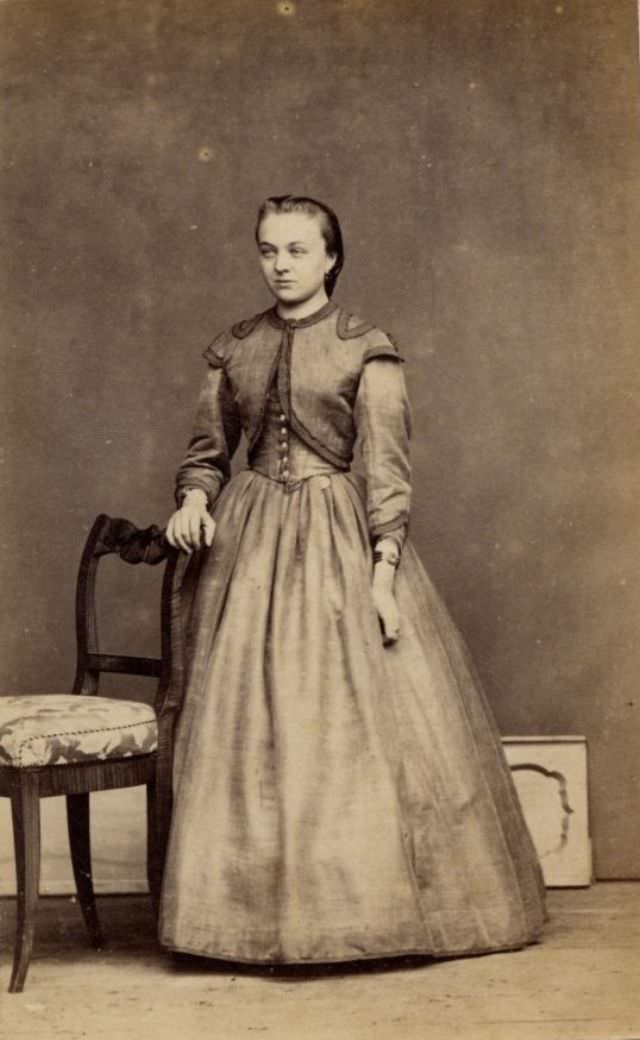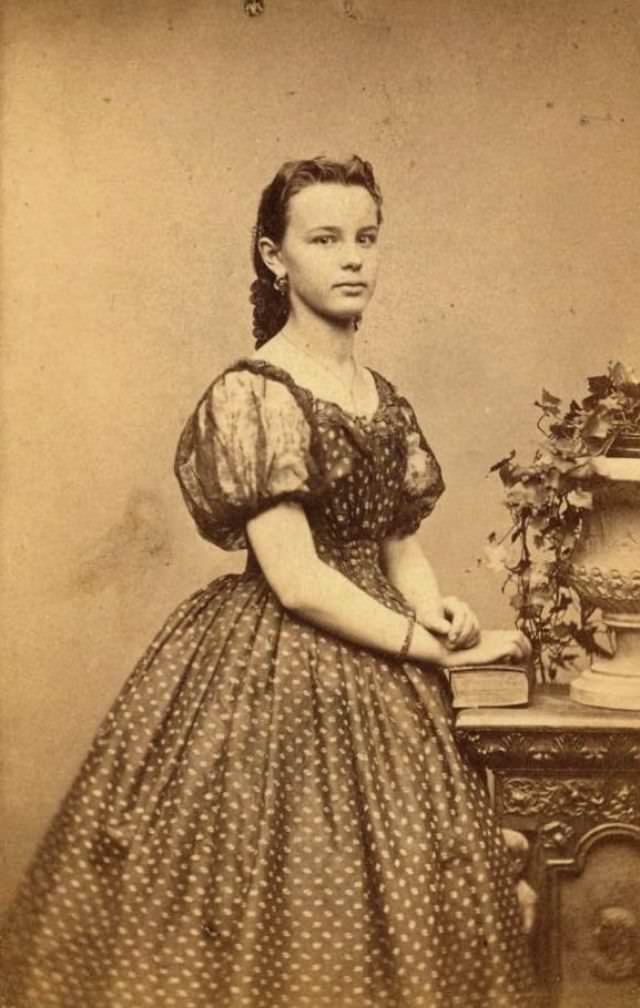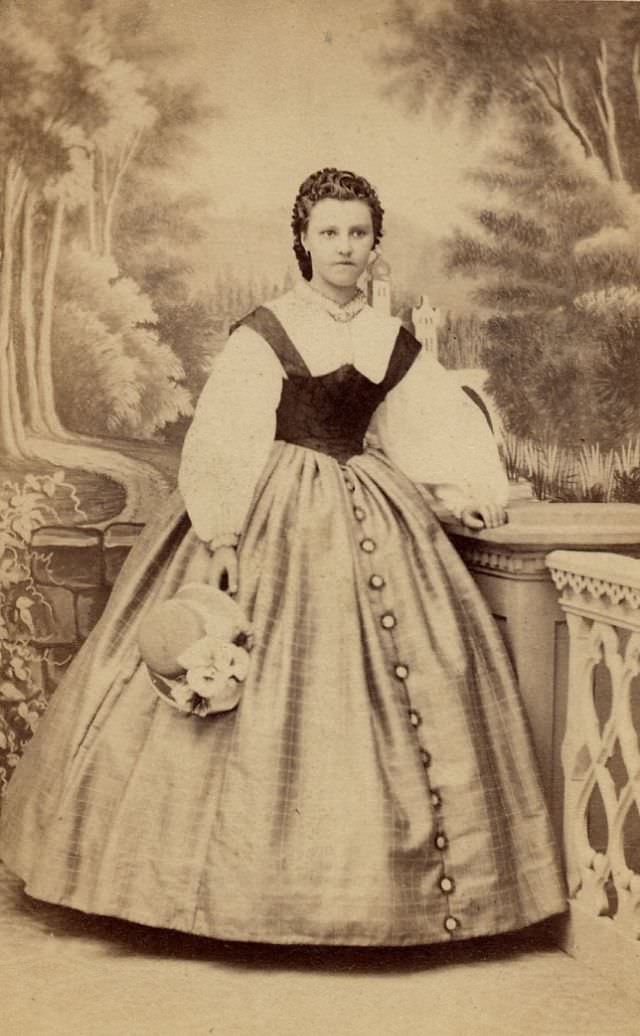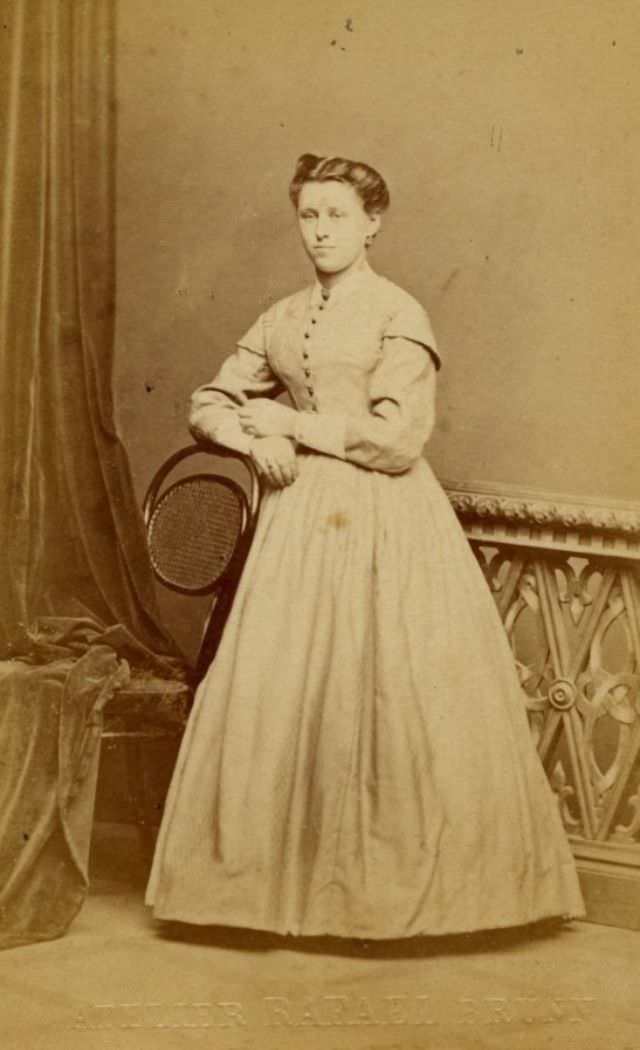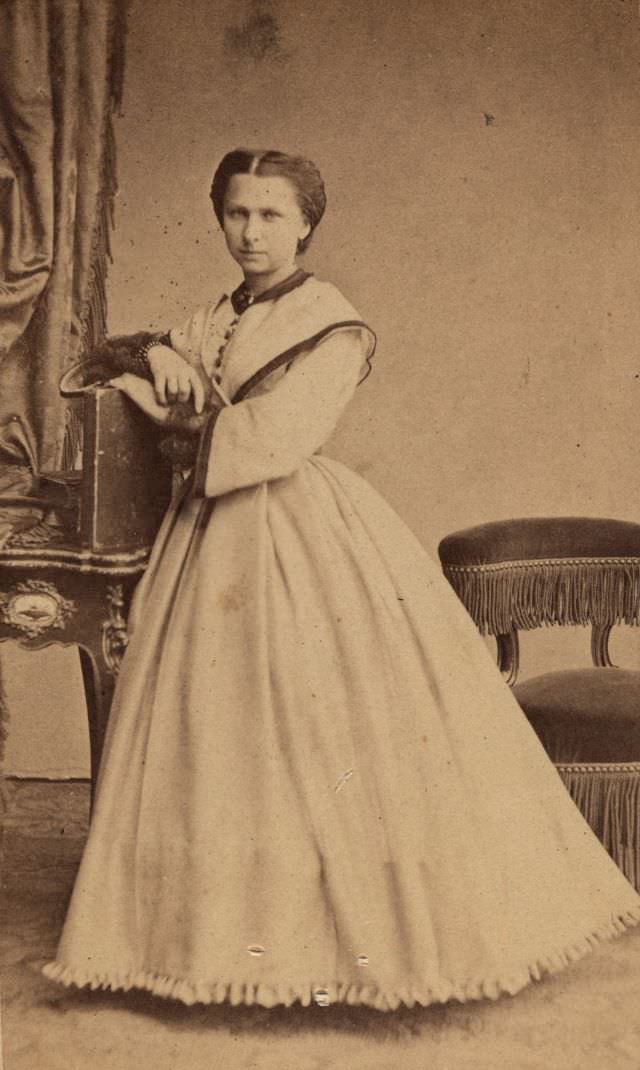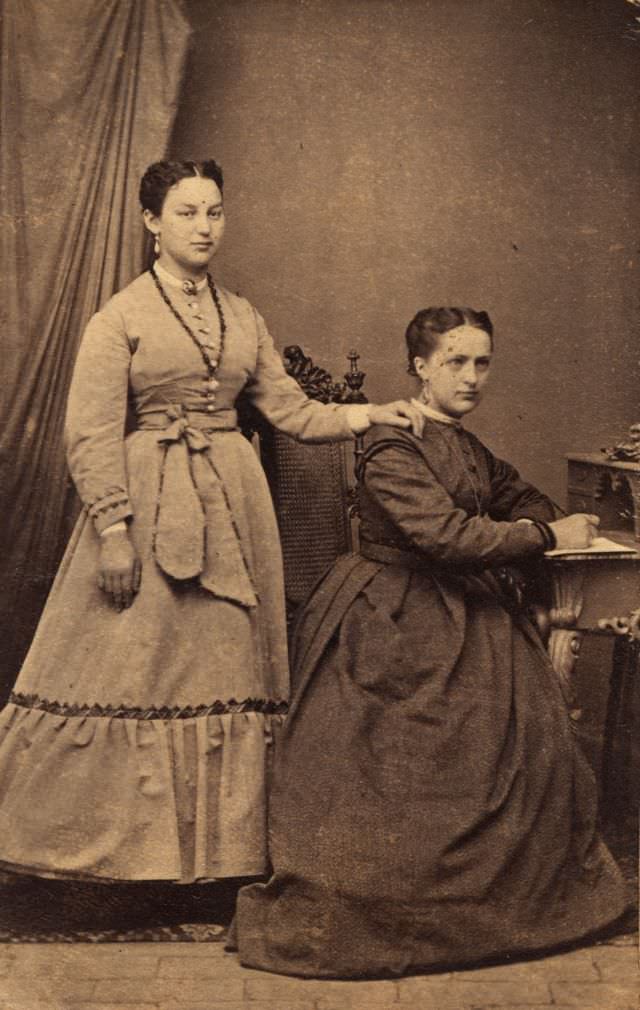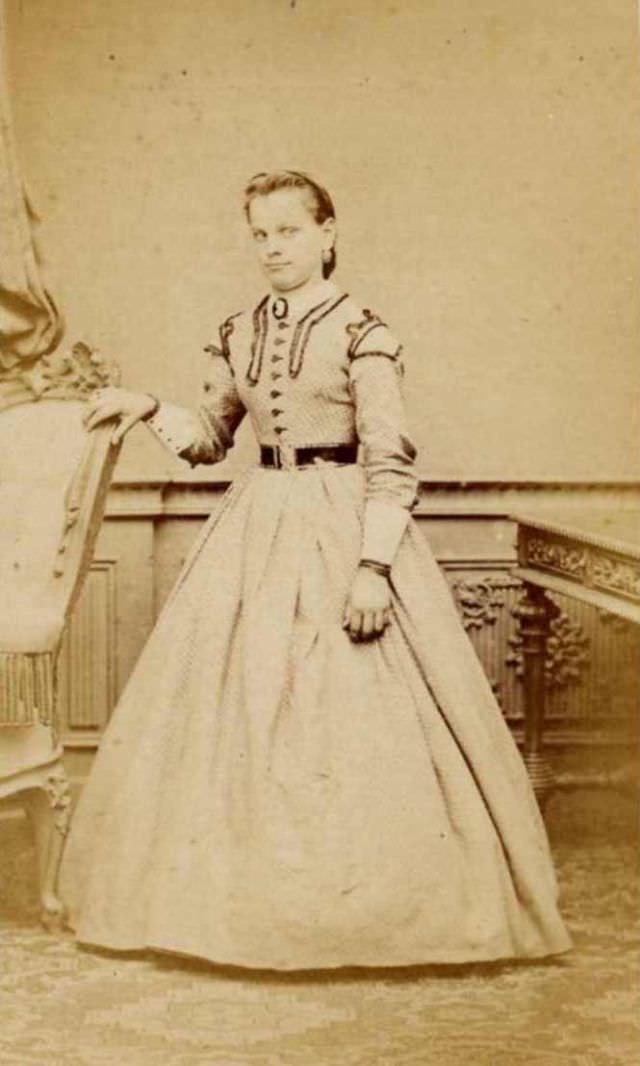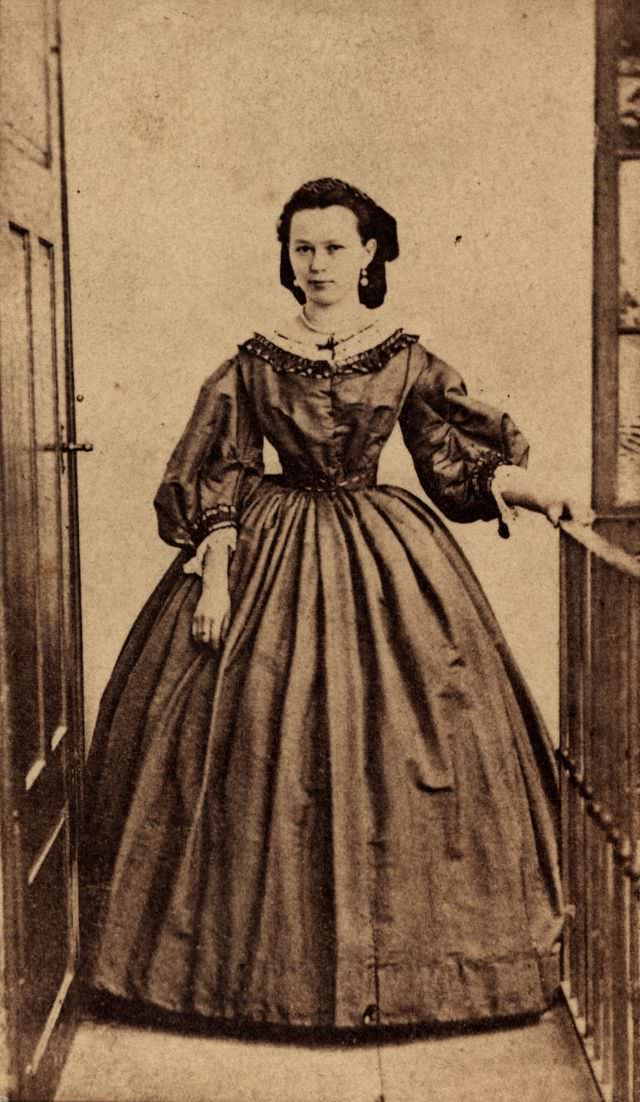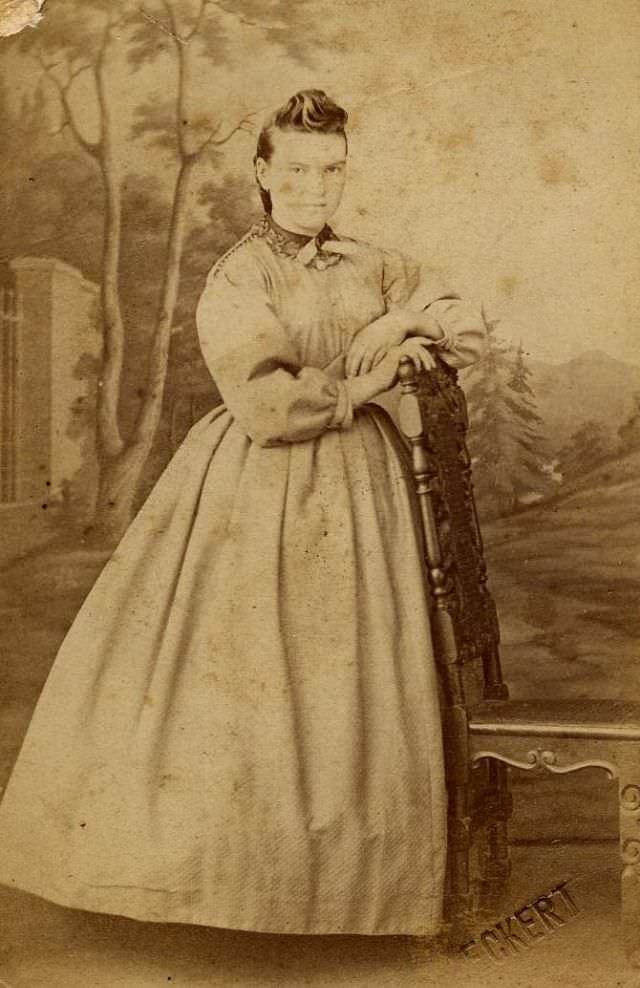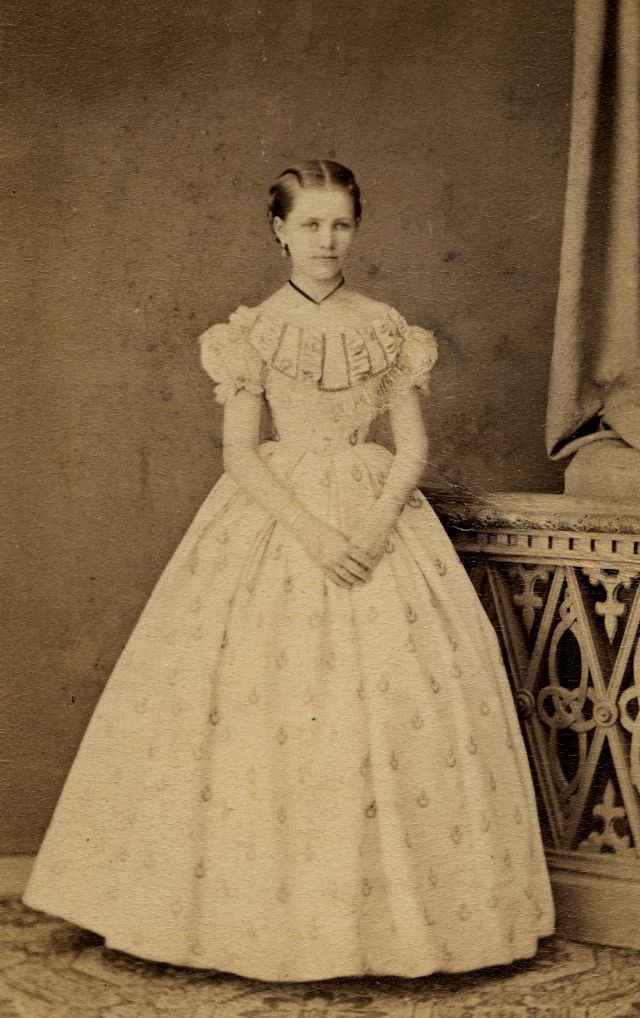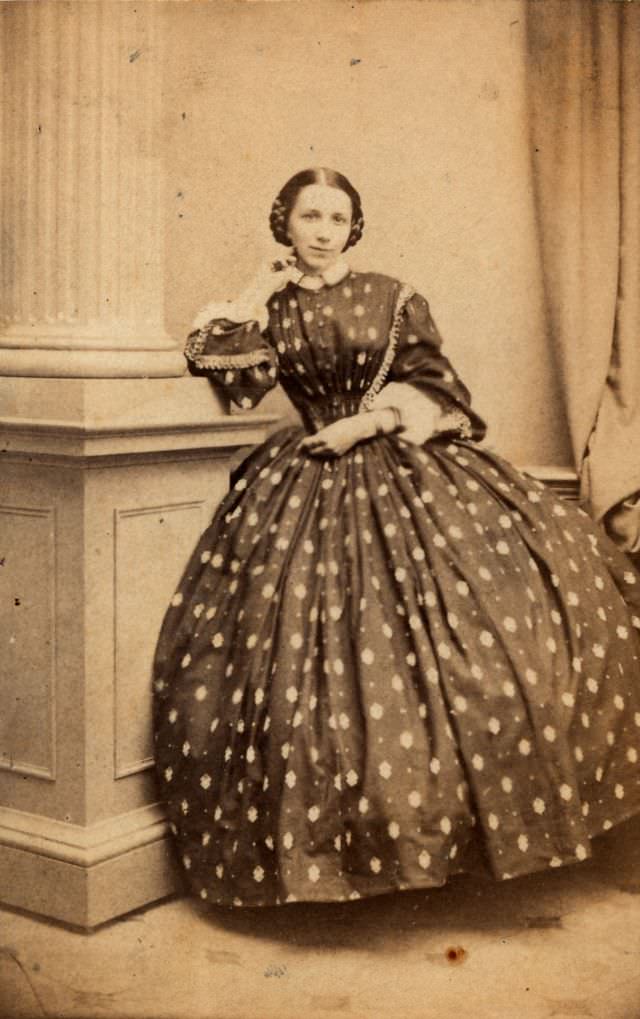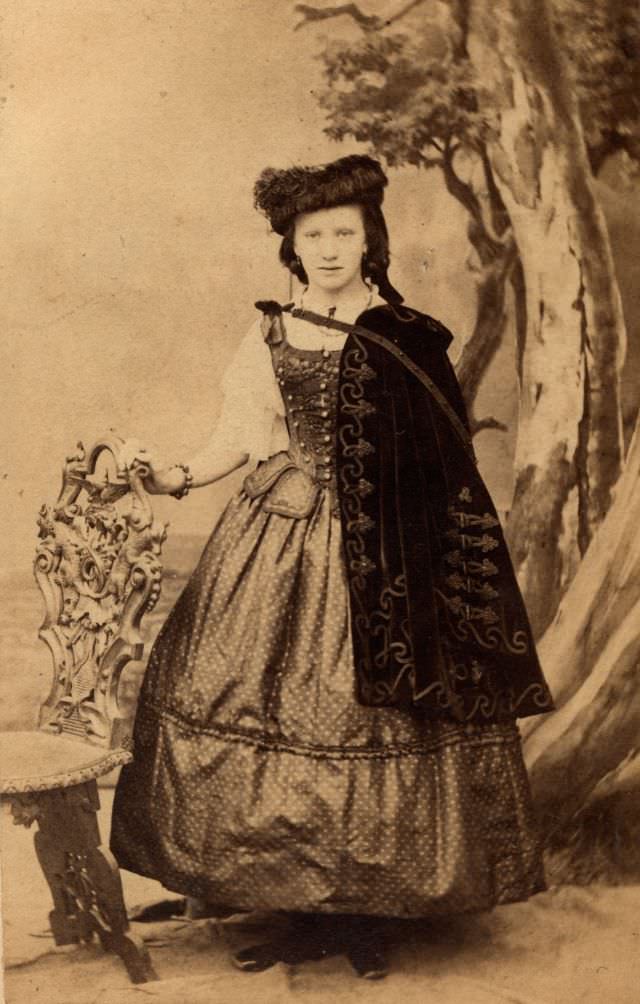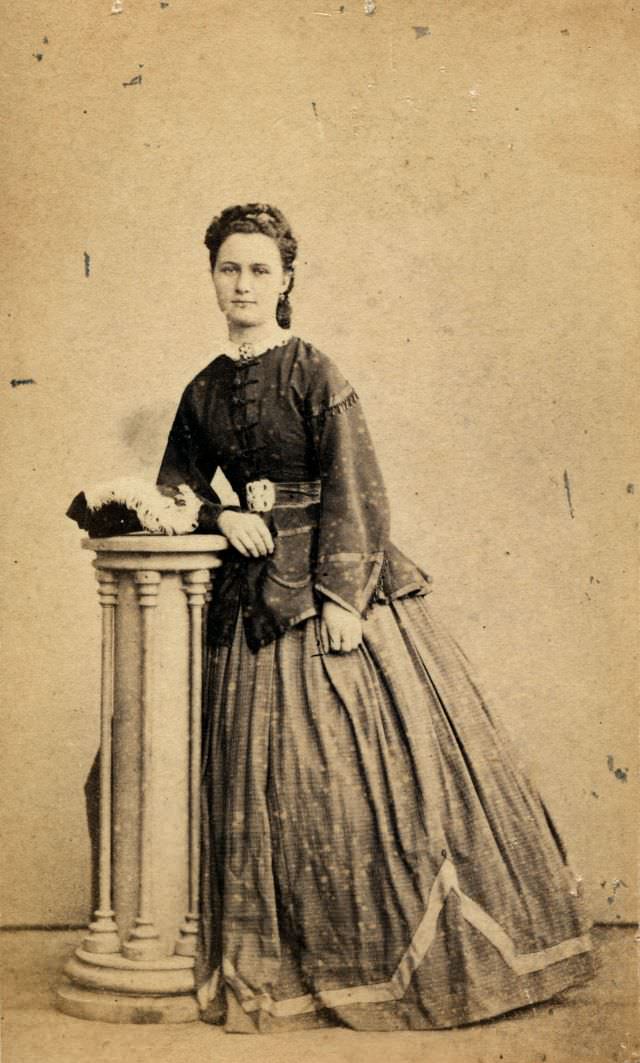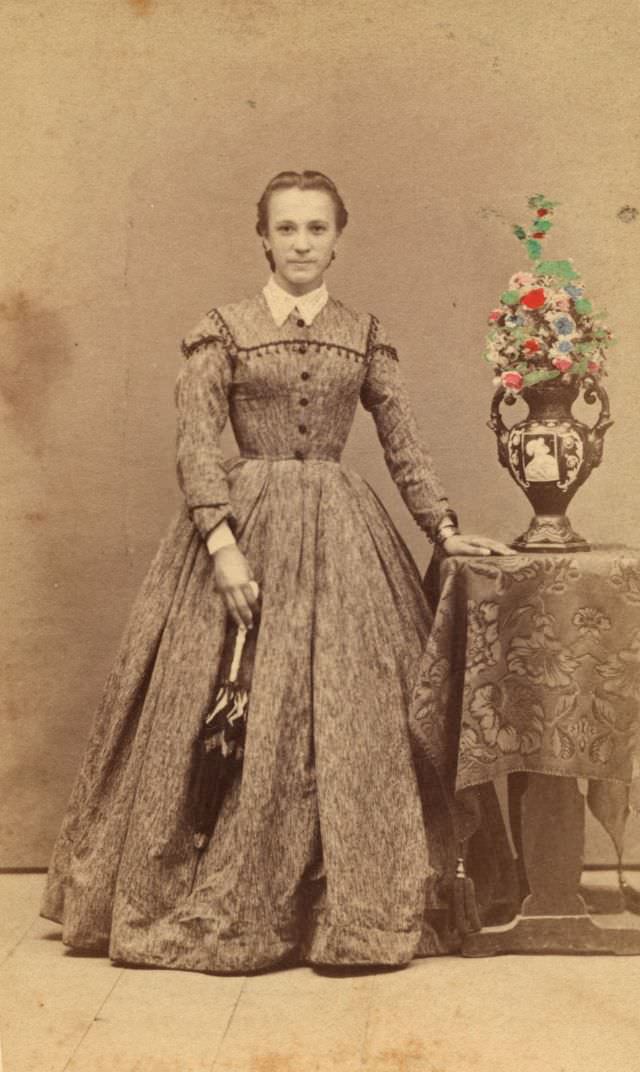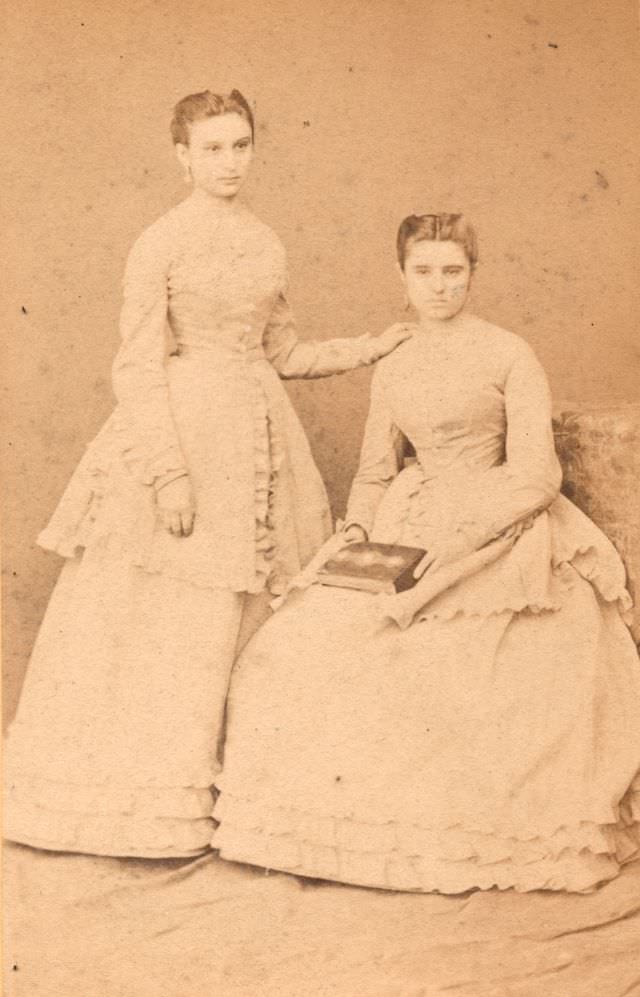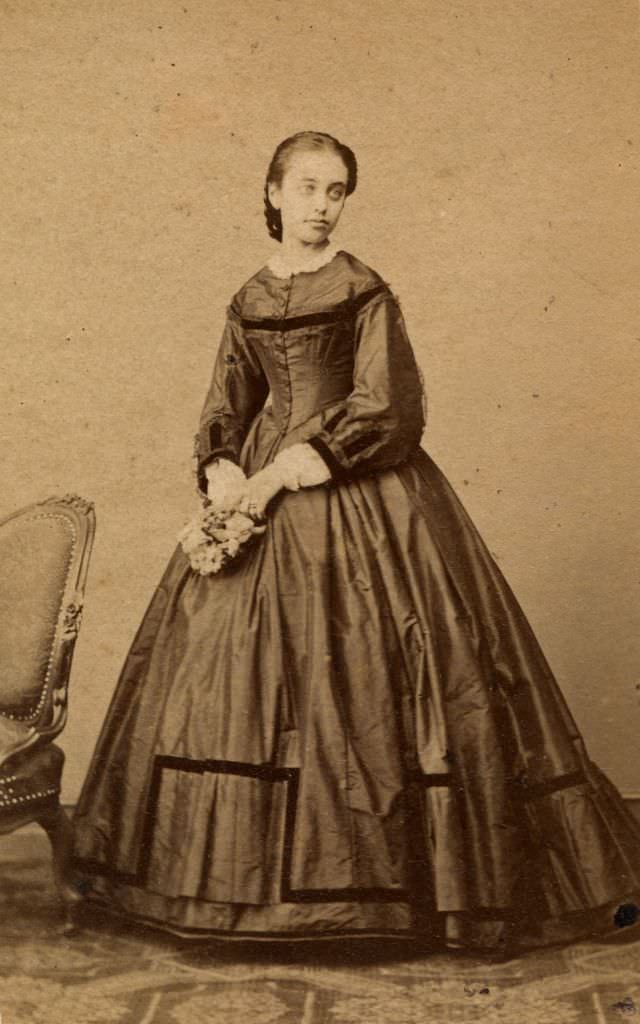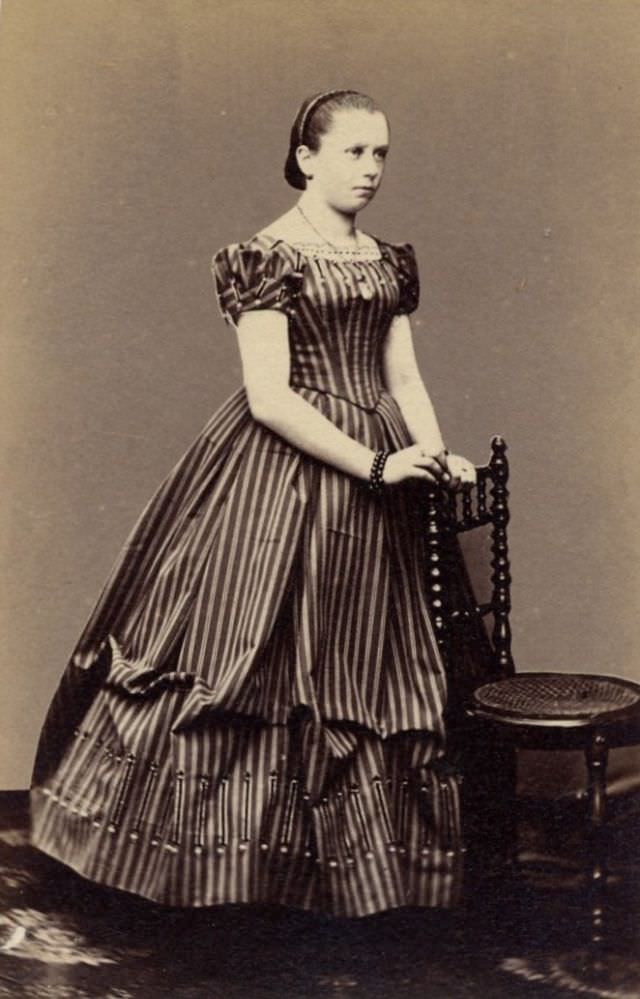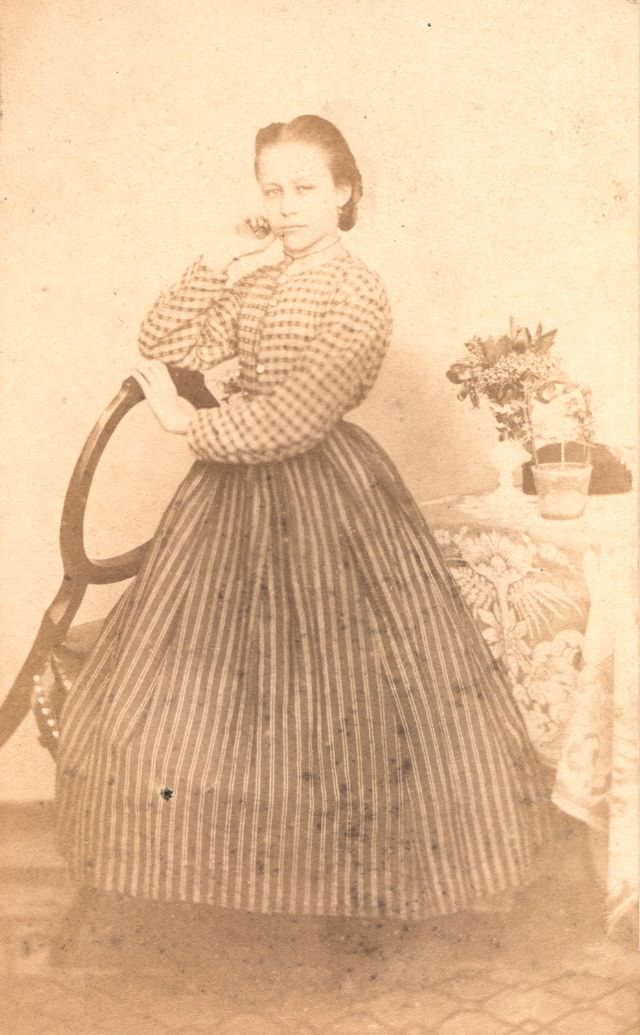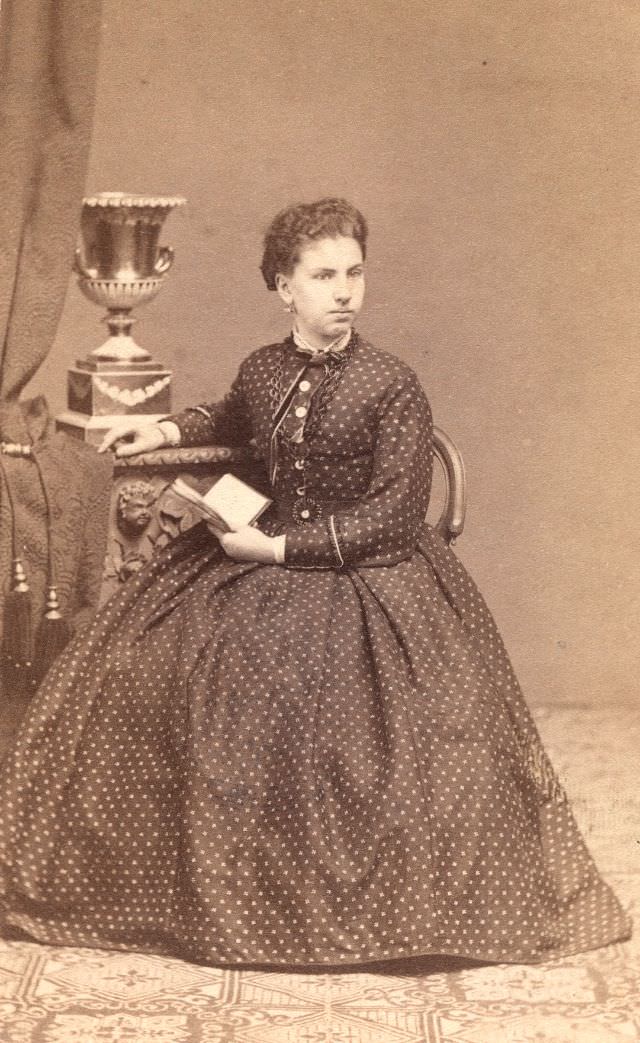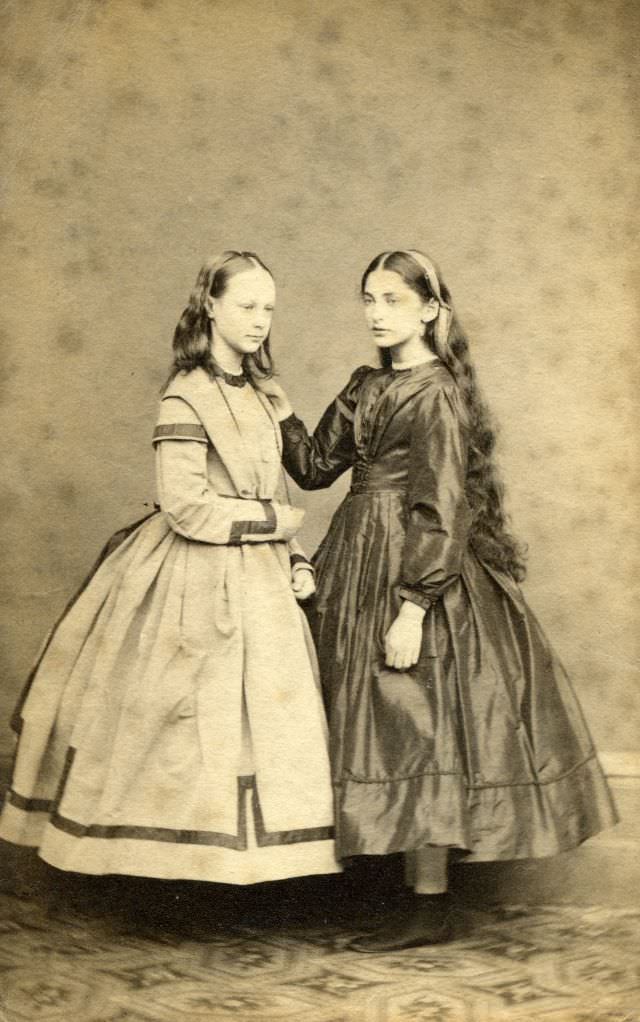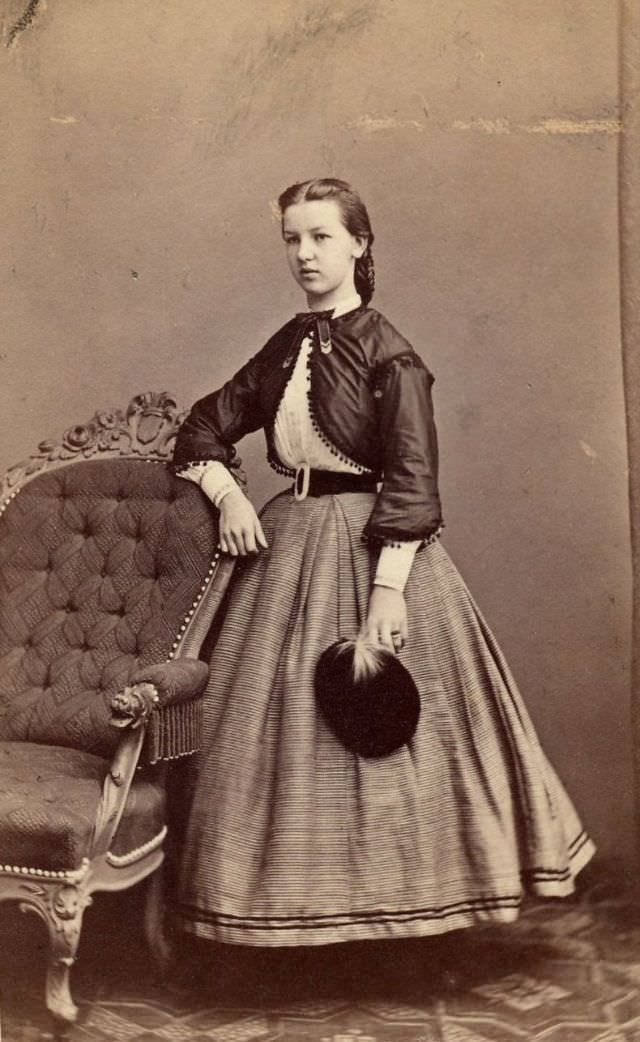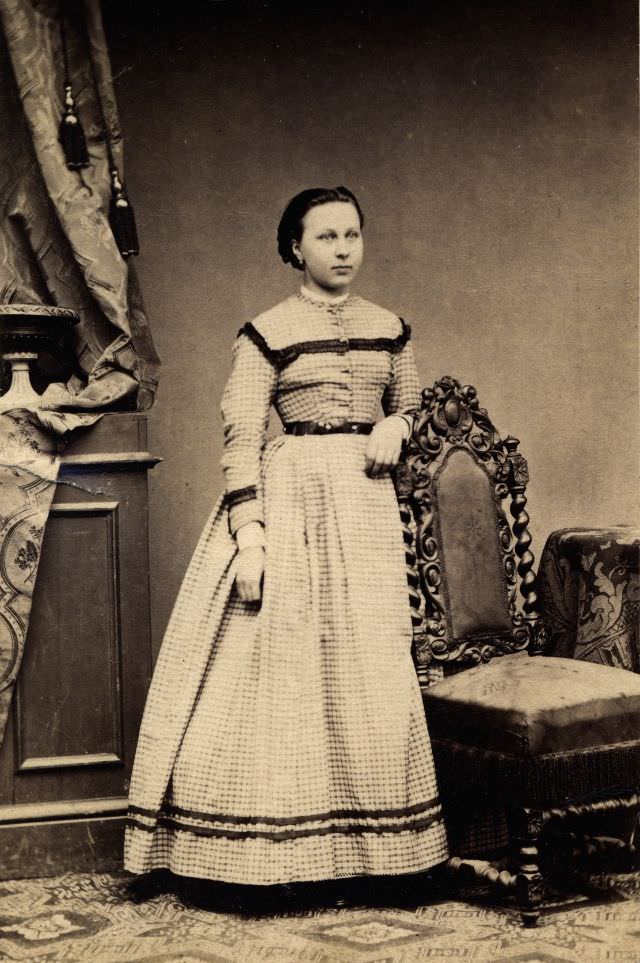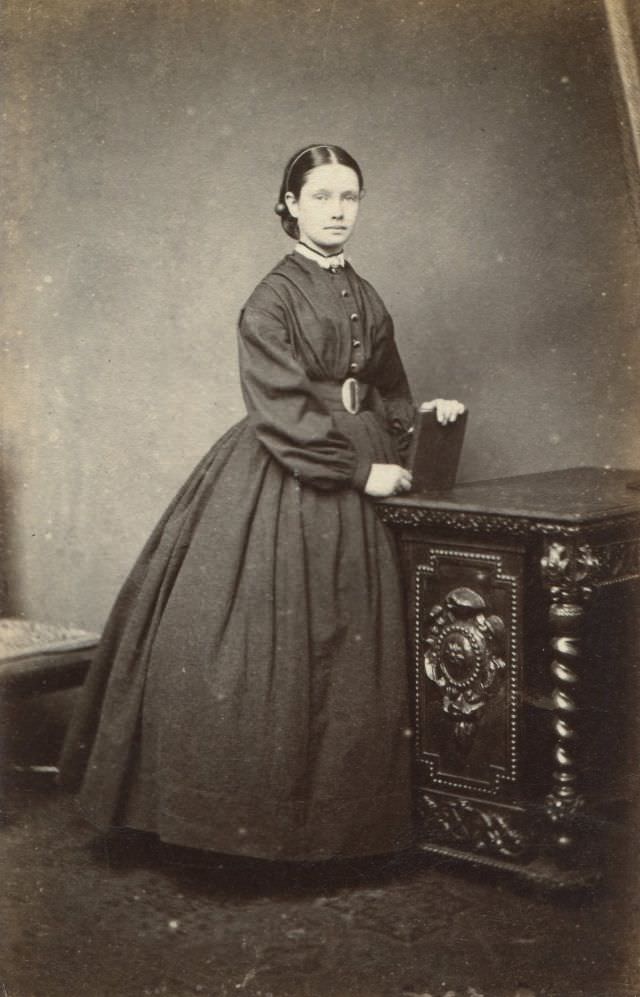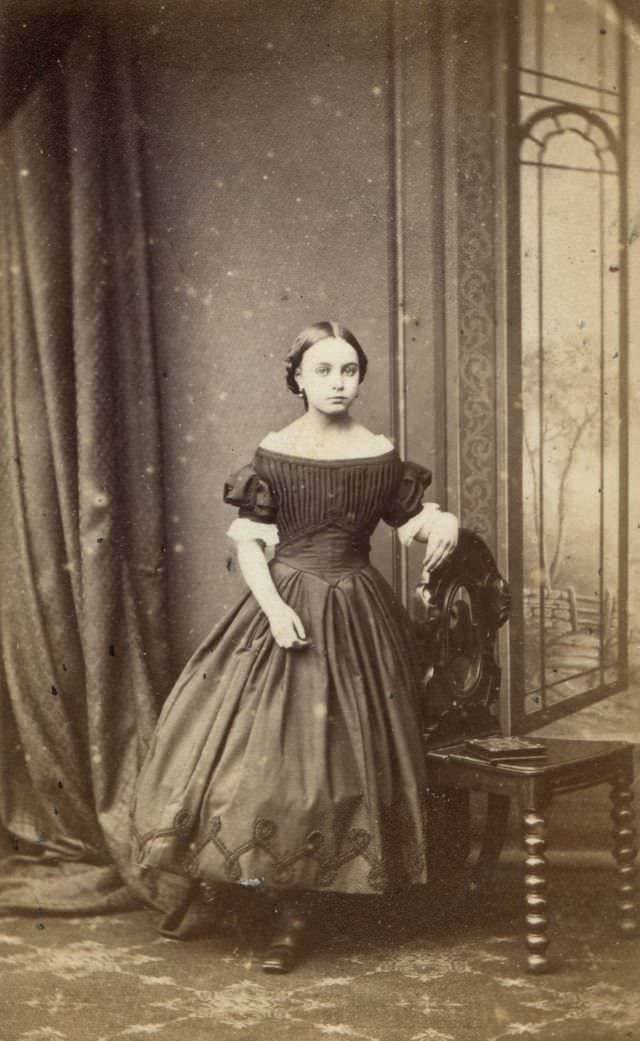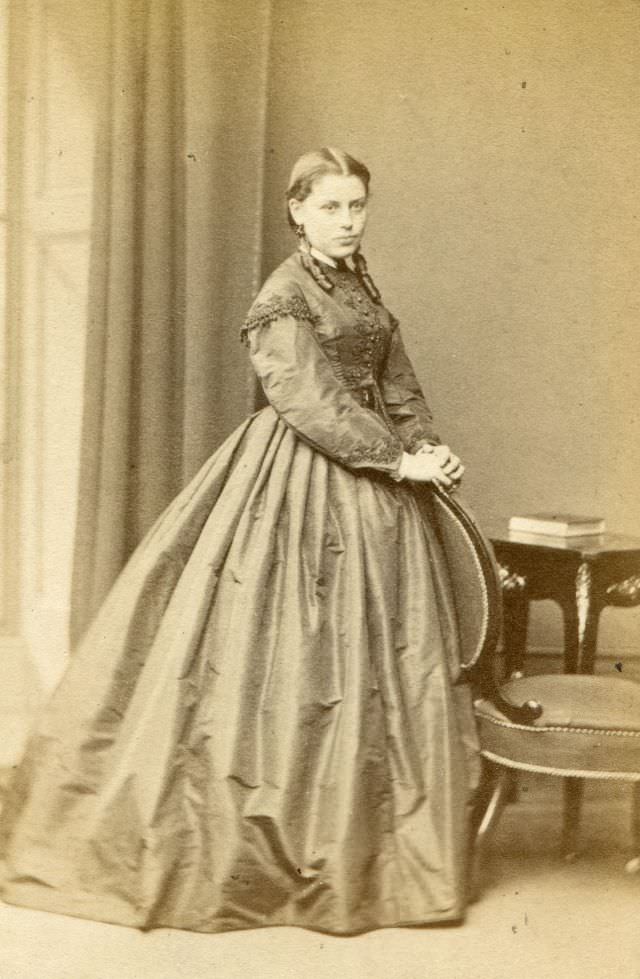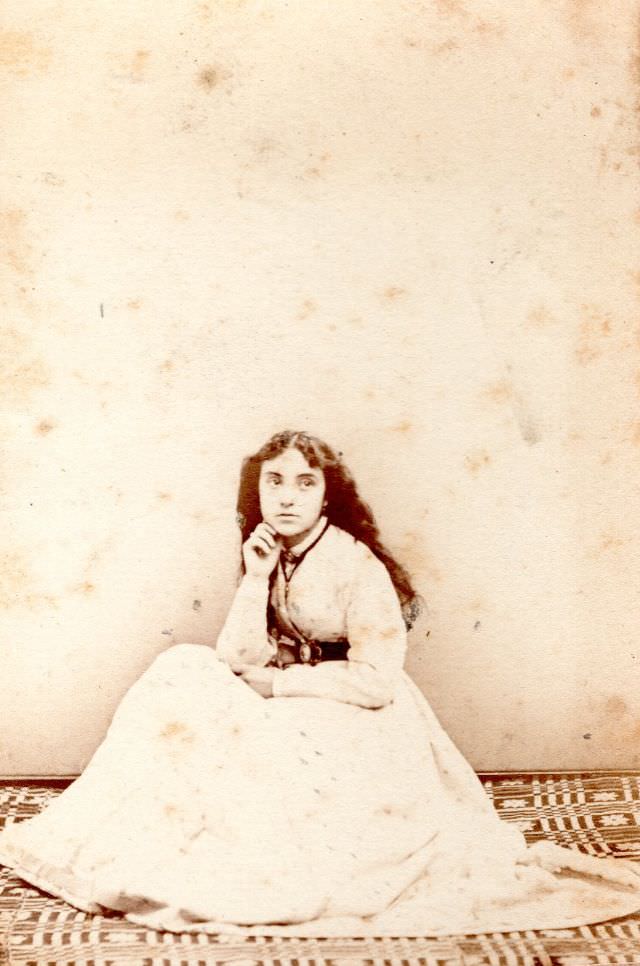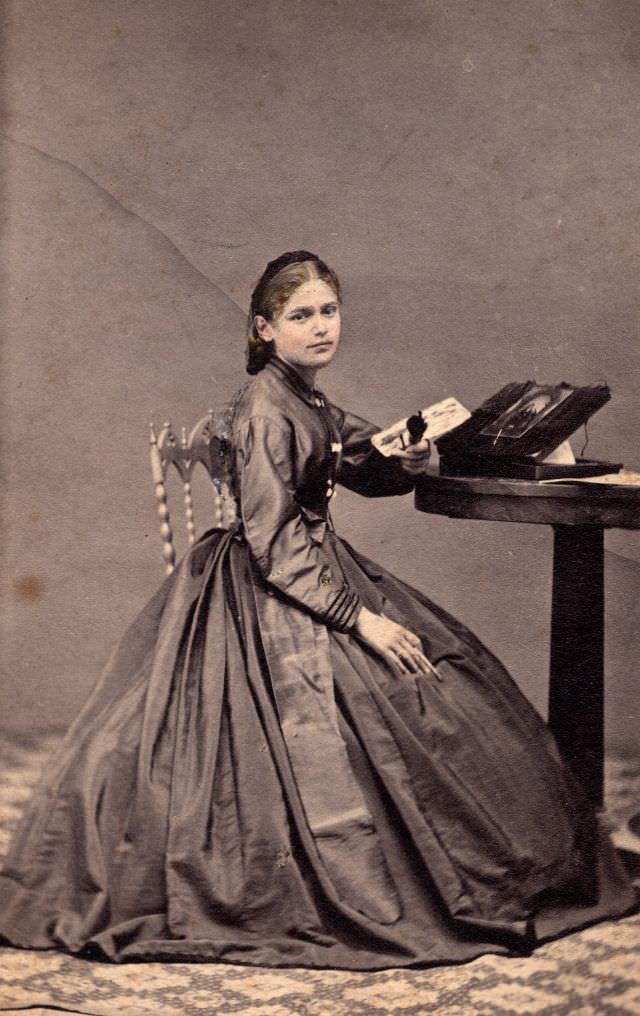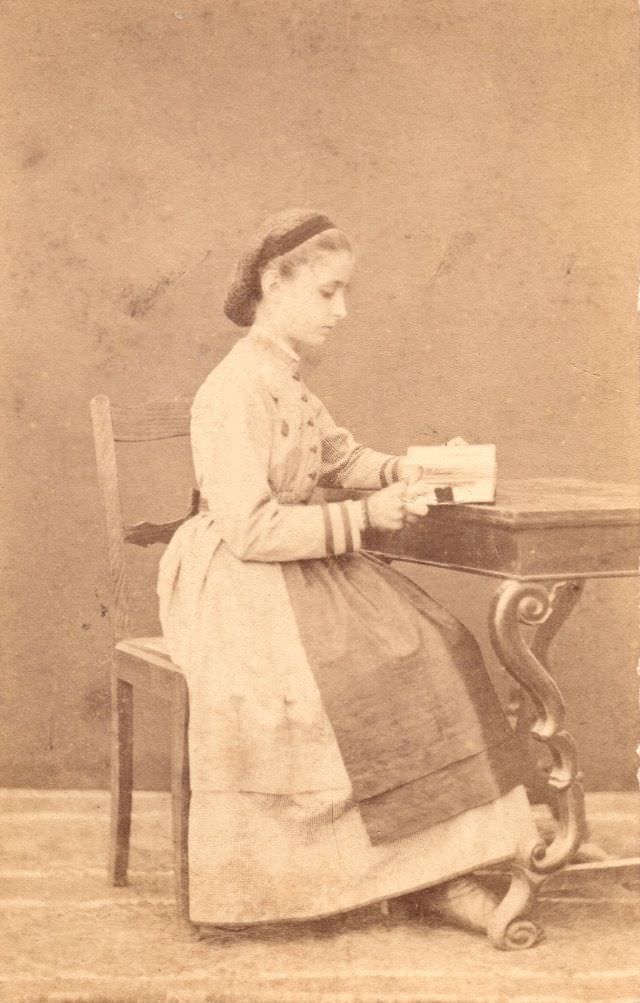Imagine stepping back in time to the 1860s, a world of horse-drawn carriages and gaslight. What would a young lady be wearing? Victorian girls’ fashion was a fascinating mix of elegance, modesty, and evolving trends.
Crinolines
The most eye-catching feature of 1860s dresses was the crinoline. This cage-like structure made of hoops and fabric was worn under the skirt to create a wide, bell shape. Imagine the swish and sway as girls walked! While the crinoline might seem cumbersome today, it was a must-have for any fashionable young lady.
Layers Upon Layers
Victorian girls didn’t just wear one dress; they wore several! A typical outfit started with a chemise, a simple undergarment similar to a slip. Next came a corset, designed to create a tiny waist. Then came the petticoats, layers of fabric that added volume to the skirt. Finally, the dress itself, often made of cotton or wool for everyday wear, and silk or satin for special occasions.
Read more
Details That Dazzle
Victorian dresses weren’t just about the shape. They were often decorated with intricate details like lace, ribbons, and embroidery. Some dresses even featured hand-painted designs or elaborate beadwork. These embellishments added a touch of luxury and personality to each outfit.
No Victorian girl’s outfit was complete without a hat or bonnet. These head coverings came in all shapes and sizes, from wide-brimmed straw hats for summer to cozy felt bonnets for winter. They were often adorned with feathers, flowers, or ribbons, adding a touch of whimsy to any ensemble.
Hair and Accessories
Victorian girls often wore their hair long, styled in braids, curls, or buns. Hair accessories like ribbons, combs, and headbands were popular. Jewelry was typically simple, with girls often wearing delicate necklaces or brooches.
Footwear: Boots and Slippers
For footwear, Victorian girls wore ankle boots for everyday activities and delicate slippers for formal occasions. Boots were usually made of leather and often featured lace-up closures. Slippers were typically made of silk or satin and decorated with embroidery or beading.
Throughout the 1860s, the silhouette of girls’ dresses gradually changed. Early in the decade, skirts were very wide and bell-shaped. However, by the late 1860s, the crinoline began to shrink, and skirts became flatter in the front and fuller in the back. This new silhouette was often referred to as the “crinolette.”
Dressing like a Victorian girl was no easy feat, with multiple layers and intricate details. But for these young ladies, it was a way to express their style and participate in the fashion trends of their time.


